Influencer Marketing Pros and Cons: A Balanced Overview For Brands
Thinking about influencer marketing for your brand? This article covers the influencer marketing pros and cons to help you decide. Learn about the benefits of boosting brand awareness and trust, as well as the risks and costs involved. Find out whether influencer marketing is right for your business.
Key Takeaways
-
Influencer marketing can significantly boost brand awareness, sales, and credibility by leveraging influencers’ authentic connections with their audiences.
-
While influencer marketing offers quick setup and cost-effective strategies, it also carries risks such as misalignment with brand values and challenges in measuring campaign effectiveness.
-
Implementing a successful influencer strategy requires careful planning, including selecting the right influencers, platforms, and establishing clear guidelines for collaboration.
The Advantages of Influencer Marketing
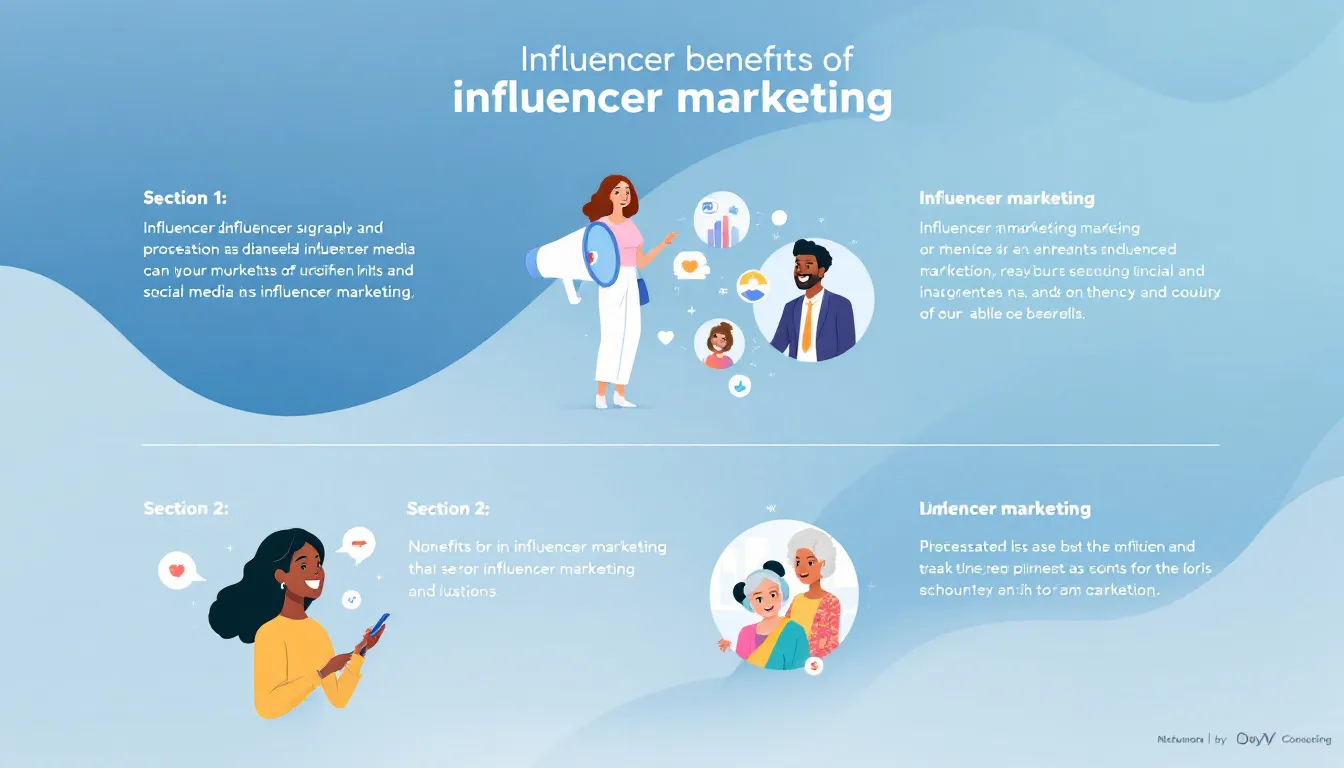
The allure of influencer marketing lies in its multitude of benefits. A major benefit is its potential to boost brand awareness, especially for new businesses aiming to gain market presence. Influencer marketing has proven to be effective in driving traffic, generating leads, and boosting sales, making it a potent tool in the marketer’s arsenal.
Moreover, a significant percentage of marketers, 89%, report that their return on investment from influencer marketing matches or exceeds that of other marketing channels. This success is largely attributed to the ability of influencers to create authentic, engaging content that resonates with their followers.
Here are the specific advantages that make influencer marketing a worthwhile strategy.
Quick and Easy Setup
A primary advantage of influencer marketing is its quick and easy setup.
Traditional marketing strategies often require extensive planning and execution time, but influencer marketing can be set up rapidly with the right tools.
Platforms like Creators AI facilitate the process by offering efficient tracking and content creation capabilities without the need for technical skills.
Then actual content production is “outsourced” to content creators who already have the skill set to produce the results brands are seeking.
This approach saves time and enables brands to launch campaigns with minimal hassle, making it a highly efficient option.
Building Trust and Credibility
Trust is paramount in any form of digital marketing.
Rather than building it through extensive funnels, free products, and SEO content, influencers have done the work in advance by cultivating strong, trusting relationships with their followers through consistent content.
Sharing personal stories and experiences, influencers cultivate credibility that is often hard to achieve through traditional advertising.
When these credible influencers endorse a brand, their followers are more likely to trust and act on these recommendations, significantly boosting the brand’s credibility.
The power of social proof cannot be understated. Seeing a product used and recommended by a trusted influencer validates the brand in the eyes of potential customers.
However, it’s crucial to ensure that the influencer’s content aligns with the brand’s messaging and values. Misalignment can lead to authenticity concerns and potential damage to the brand’s reputation. Hence, selecting the right influencers is crucial for building and maintaining trust.
Expanding Your Reach
Brands can reach audiences far beyond their existing follower base through influencer marketing. By collaborating with influencers who have established connections with their followers, brands can tap into new markets and significantly enhance their brand visibility.
Such campaigns drastically improve brand visibility and engagement, leveraging the influencer’s unique connection with their audience.
A notable example is the campaign featuring Shaquille O’Neal as a mega influencer for Epson, which resulted in a 36% increase in brand awareness, surpassing industry standards. Such collaborations demonstrate how influencer marketing can effectively increase brand awareness and engage a wider audience, ultimately driving growth and success.
Targeting Niche Audiences
Reaching specific, niche audiences can be challenging with traditional advertising, but influencer marketing excels here, especially through collaborations with micro influencers. Micro influencers, with their smaller but highly engaged follower base, can connect brands with targeted, relevant audiences. This targeted approach often results in higher engagement rates and more meaningful interactions.
For instance, Dyson’s campaign targeting pet owners by collaborating with pet influencers effectively reached a niche audience and generated significant interest in their products. Partnering with micro influencers ensures the marketing resonates with a specific target market, leading to more effective engagement and increased brand awareness.
Cost-Effective Strategies
Influencer marketing is both effective and cost-efficient. Compared to traditional advertising methods, influencer campaigns often offer a better return on investment. Working with micro influencers or paying influencers based on sales commissions can significantly reduce costs while still achieving impactful results. This makes influencer marketing an attractive option for businesses of all sizes.
Local businesses, in particular, benefit from the affordability of influencer marketing. By partnering with micro influencers, they can generate buzz and increase brand visibility without incurring the high costs associated with traditional advertising. A well-planned influencer marketing strategy can thus save time and money while delivering valuable content that resonates with the target audience.
Boosting Sales
Influencers have a direct impact on sales by promoting products to their engaged audiences, including social media influencers. They often share discount codes and encourage influencer’s followers to make purchases, driving direct sales.
For instance, Kettle + Fire’s campaign yielded $4 in revenue for every $1 spent on Facebook Ads by leveraging influencer-generated content. Such results highlight the potential of influencer marketing to significantly boost sales and deliver strong returns on investment.
The Drawbacks of Influencer Marketing
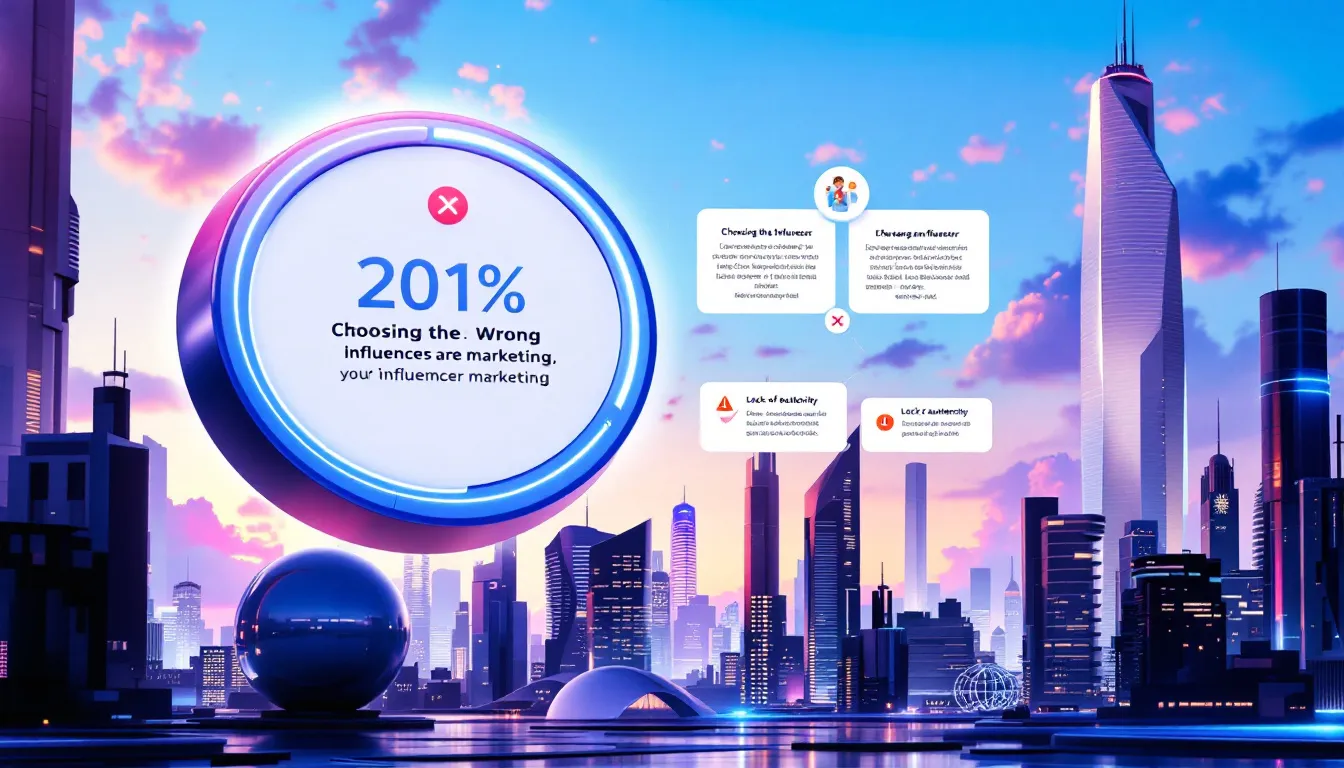
While the benefits are compelling, understanding the potential drawbacks is necessary. Choosing the wrong influencers, for instance, can lead to misalignment with brand values and unintended negative publicity. Additionally, the high costs associated with established influencers can be prohibitive for some brands.
Measuring the effectiveness of influencer marketing campaigns is another challenge. Evaluating the return on investment can be difficult, and there is always the risk of not achieving the desired results.
Understanding these drawbacks helps brands navigate the cons and develop strategies to mitigate potential risks.
Follower Demographics Not Aligned
If an influencer’s audience doesn’t align with the brand’s target audience demographics (age, gender, location) the campaign may fall flat, wasting resources and missing opportunities.
Then, particularly on Instagram, there is the issue of fake followers - in other words influencers purchasing bot account followers to artificially boost their follower count.
Collaborating with these influencers, who will hope for compensation based on this inflated follower count - can be a disaster.
Thorough vetting and using influencer intelligence platforms like Creators AI helps brands to avoid these pitfalls.
Content Underperforming
While an influencer can have 1 million followers, it is absolutely no guarantee of success in terms of views, engagements, or sales.
The best brands are barely looking at follower count to estimate performance and ROI - the far more important KPIs are average and median recent views (recent being the key word, as audiences can go stale over time), post engagement, and metrics relative to account size.
Thus a common mistake is to overpay for content that underperforms, where brands having the most success find the diamonds in the rough - generally micro influencers who have outlier content performance relative to their account size.
Loss of Brand Control
Collaborating with influencers inherently means relinquishing some control over your brand’s image. Once engaged, influencers can shape the narrative and messaging about your brand, sometimes in ways that diverge from your original intentions.
This can result in potential negative publicity if the portrayal doesn’t align with the brand’s values and image.
To mitigate this risk, it’s important to set clear expectations and guidelines for influencers involved in campaigns. A framework for collaboration helps brands maintain control over the messaging, and products are presented in the correct format, with optimal messaging and strong calls to action.
An influencer negatively reviewing a product or being involved in a scandal can significantly damage the brand reputation and sales, highlighting the cons of influencer marketing.
Rapid growth driven by influencer marketing can sometimes outpace a brand’s operational capacity, causing management challenges. Brands must be prepared to handle the increased demand and scrutiny from successful campaigns to avoid these high-risk scenarios.
Measuring Success
Measuring the success of influencer marketing campaigns can be challenging due to multiple factors. Since influencers are often paid upfront, tracking the return on investment can be difficult.
Employing tools and methods to monitor key performance indicators allows brands to gain insights into campaign effectiveness and make data-driven decisions.
Implementing an Effective Influencer Strategy
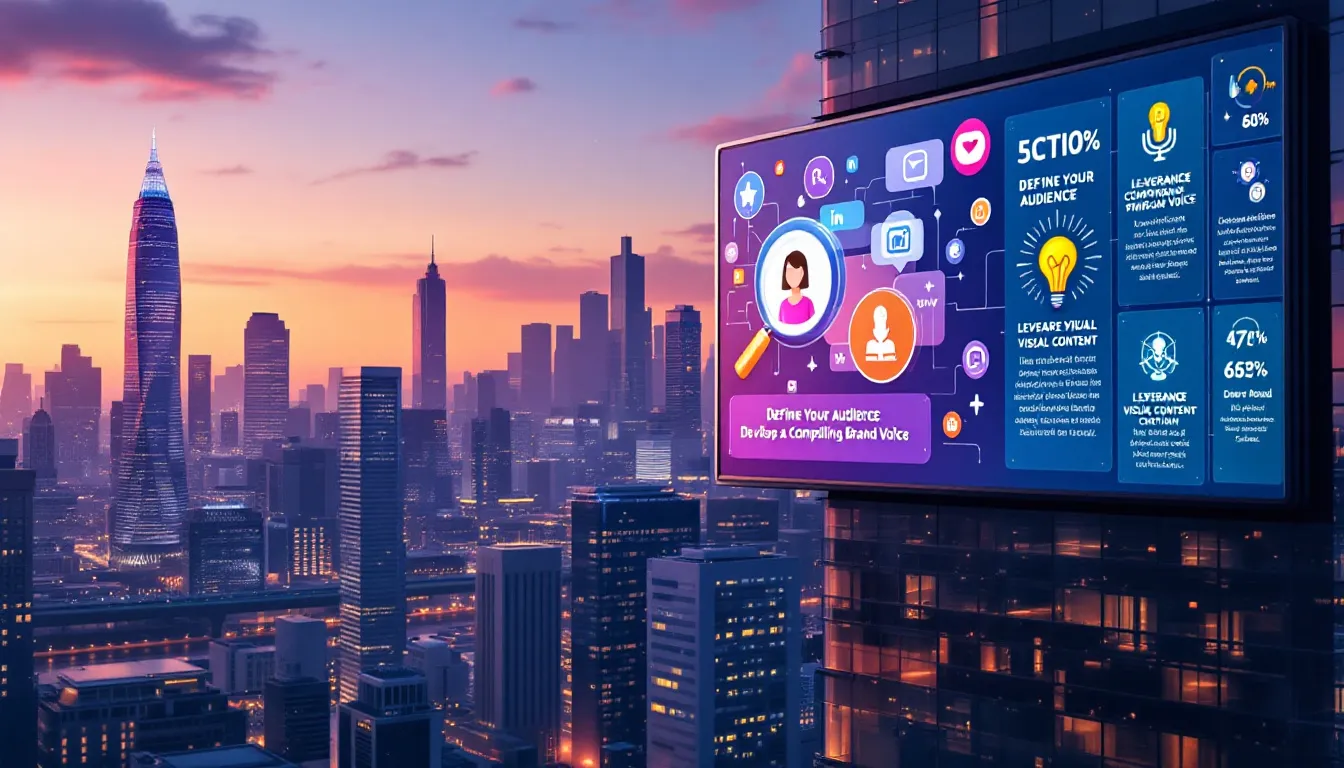
Creating a successful influencer marketing strategy involves selecting the right platforms and budgeting effectively. Strategic planning and clear guidelines ensure that influencer partnerships align with the brand’s goals and values.
Technology enhances these strategies by providing tools for analytics, campaign management, and influencer discovery. Using these tools helps brands streamline processes and achieve better results.
Selecting the Right Platforms
Choosing the right social media platforms is crucial for effective audience targeting. Different influencers thrive on various platforms, and evaluating multiple options helps marketers select the most suitable one for their own social media channels through social media marketing.
Tools like Creators AI streamline the process by allowing users to launch campaigns and contact hundreds of influencers in minutes, ensuring efficient audience targeting.
Budget Planning
Establishing a budget early in the planning process helps in selecting appropriate influencers and scaling campaigns effectively. Understanding short-term and long-term goals aids in efficient budget allocation. Using tracking tools simplifies measuring campaign effectiveness, ensuring brands can monitor investments and adjust strategies as needed.
Finding the Best Influencers
Finding the right influencers involves in-depth research and analysis. Brands need to identify influencers whose audience aligns with their target market for campaign success. Tools like Creators AI streamline this process by providing automated sourcing and outreach capabilities, helping brands connect with the best influencers efficiently.
Whether collaborating with social superstars or micro influencers, consider the influencer’s engagement levels, audience demographics, and content style. This ensures that the influencer’s followers are genuinely interested in the brand’s products, leading to higher engagement and better outcomes.
Establishing Clear Guidelines
Setting clear expectations and guidelines is crucial for maintaining brand integrity. Defining explicit deliverables and communication parameters prevents misunderstandings and ensures influencer content aligns with the brand’s messaging and values. Formal agreements protect both parties and ensure all promotional commitments are fulfilled on time.
Leveraging Technology in Influencer Marketing
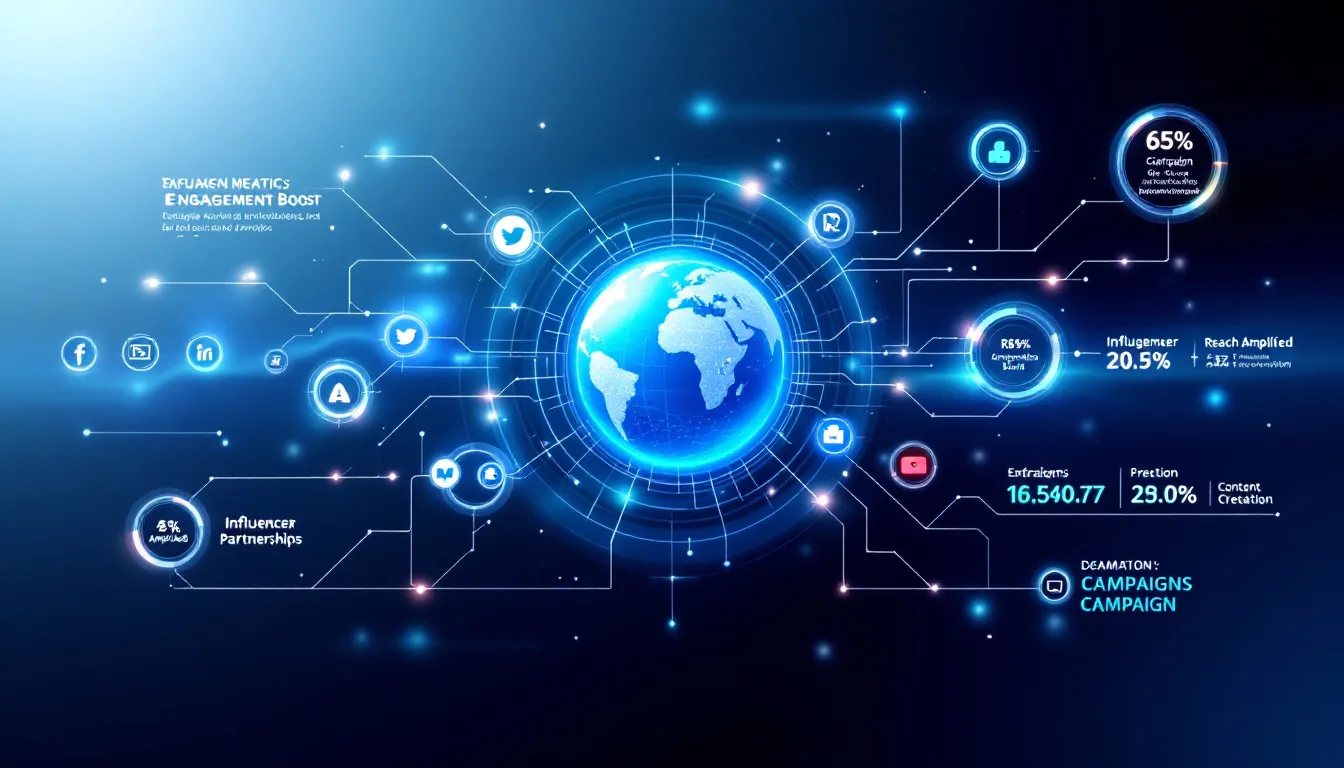
Technology has revolutionized influencer marketing by streamlining processes and enhancing efficiency. Automation tools and analytics platforms play a crucial role in managing relationships, tracking performance, and optimizing campaigns. Leveraging these technologies helps brands achieve more precise targeting and better results.
Influencer discovery tools, for instance, filter by audience demographics and engagement levels, making it easier to find the right partners. Influencer CRMs simplify managing relationships and tracking campaign performance, ensuring brands stay on top of their marketing efforts.
Using Automation Tools
Automation tools are a powerful asset in influencer marketing, saving time and increasing efficiency. These tools streamline the process of finding and engaging with influencers, allowing brands to filter and identify suitable partners based on specific criteria. Creators AI, for example, offers a comprehensive database of 20 million creators, enabling brands to connect with top influencers quickly and effectively.
Features like high-delivery rate email domains, customizable templates, and performance tracking make tools like Creators AI facilitate efficient outreach and engagement. This enhances the overall marketing process and ensures brands can achieve their campaign goals with minimal effort.
Tracking Performance Metrics
Monitoring key performance indicators is essential for evaluating campaign success. Metrics such as open rates, click rates, and reply rates provide valuable insights into outreach effectiveness. Tools like Creators AI track these metrics at both a high level and per creator, enabling data-driven decisions and campaign optimization.
Case Studies: Successful Influencer Campaigns
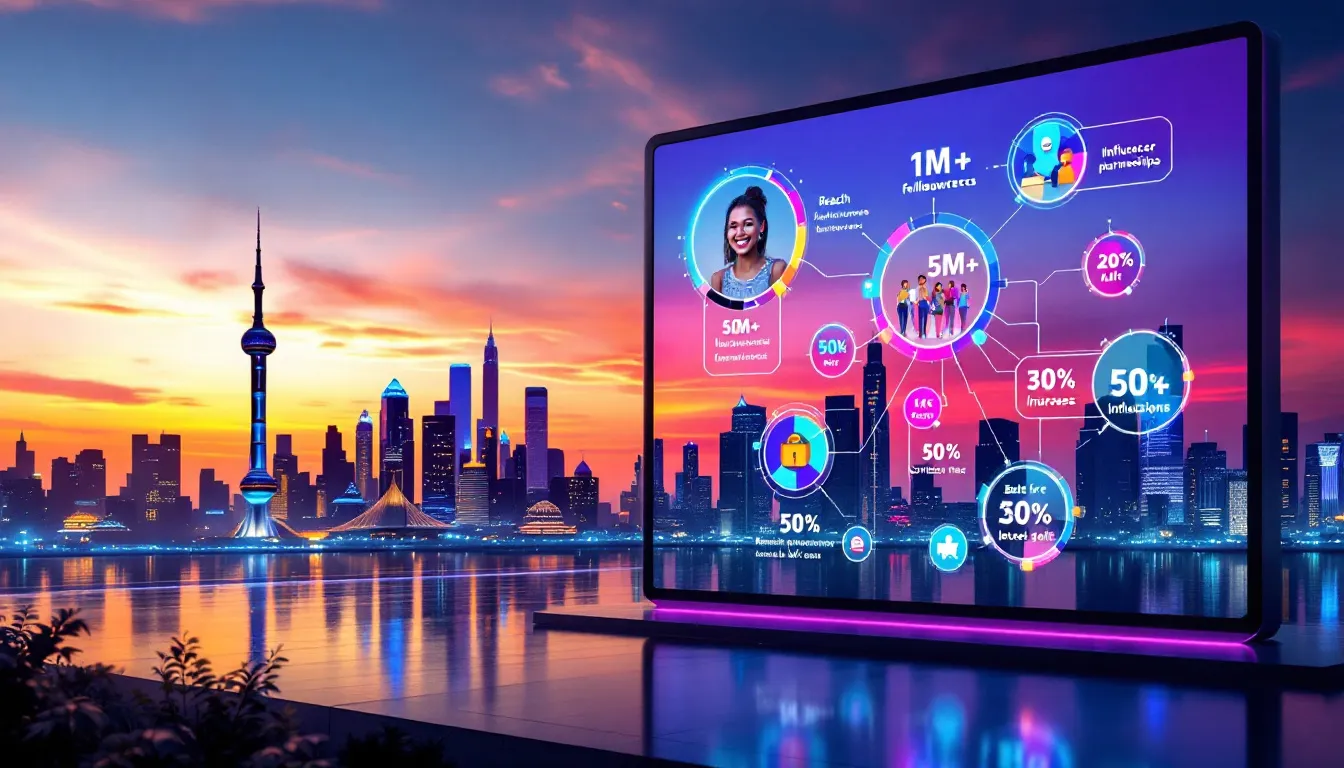
Real-life examples of successful campaigns provide valuable insights into the effectiveness of different strategies. These case studies highlight the importance of choosing the right influencers and aligning their content with the brand’s messaging and goals.
Examining both micro and mega influencer campaigns helps brands understand how to leverage influencer marketing to enhance visibility and drive engagement.
Example 1: Micro Influencer Campaign
The success of Iceland Groceries and Warby Parker illustrates the power of micro influencer campaigns. Iceland Groceries saw customer approval ratings increase from 10% to 70% by collaborating with micro influencers, while Warby Parker’s ‘Wearing Warby’ campaign resulted in authentic promotion and high engagement.
These examples show how targeting smaller, engaged audiences can improve brand affinity and enhance brand awareness while achieving successful marketing outcomes for a relevant audience.
Summary
Influencer marketing offers a range of benefits, from increasing brand awareness and building trust to expanding reach and boosting sales. However, it also comes with its share of challenges, including the risks of choosing the wrong influencers, loss of brand control, and difficulties in measuring success. By understanding these pros and cons, brands can better navigate the influencer marketing landscape and develop effective strategies.
Incorporating technology and strategic planning into influencer marketing campaigns can enhance their effectiveness and ensure that they align with the brand’s goals and values. With the right approach, influencer marketing can be a powerful tool for driving engagement and achieving marketing success. So, take the plunge, and let influencers help propel your brand to new heights.
Frequently Asked Questions
What are the main benefits of influencer marketing?
Influencer marketing is great for boosting brand awareness and building trust with potential customers. It also helps you reach a wider audience and target specific niches effectively.
What are the risks of influencer marketing?
Choosing the wrong influencers can lead to a loss of brand control and wasteful spending, while measuring campaign success can be tricky. It’s crucial to carefully select influencers to mitigate these risks.
How can technology help in influencer marketing?
Technology can really boost influencer marketing by automating tasks, improving efficiency, and providing better targeting through performance tracking. This means you can focus more on strategy and creativity while technology handles the nitty-gritty!
What is the difference between micro influencers and mega influencers?
The key difference is that micro influencers boast smaller but highly engaged audiences, whereas mega influencers have a vast following. Choosing between them depends on your marketing goals.
How can brands measure the success of influencer marketing campaigns?
To truly gauge the success of influencer marketing campaigns, brands should focus on tracking key metrics like open rates, click rates, reply rates, and overall engagement. These indicators provide valuable insights into how well your campaign is resonating with the audience.
